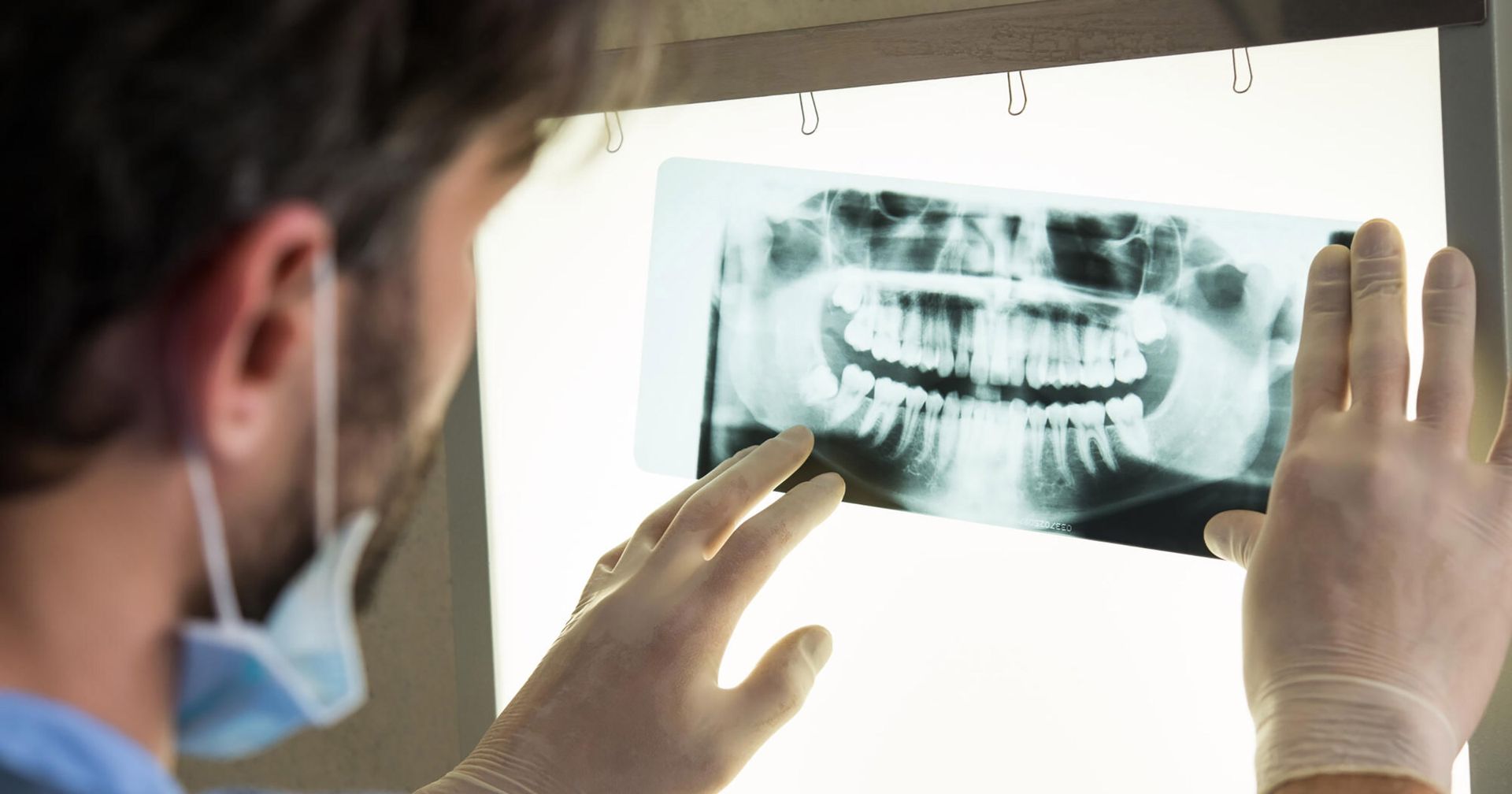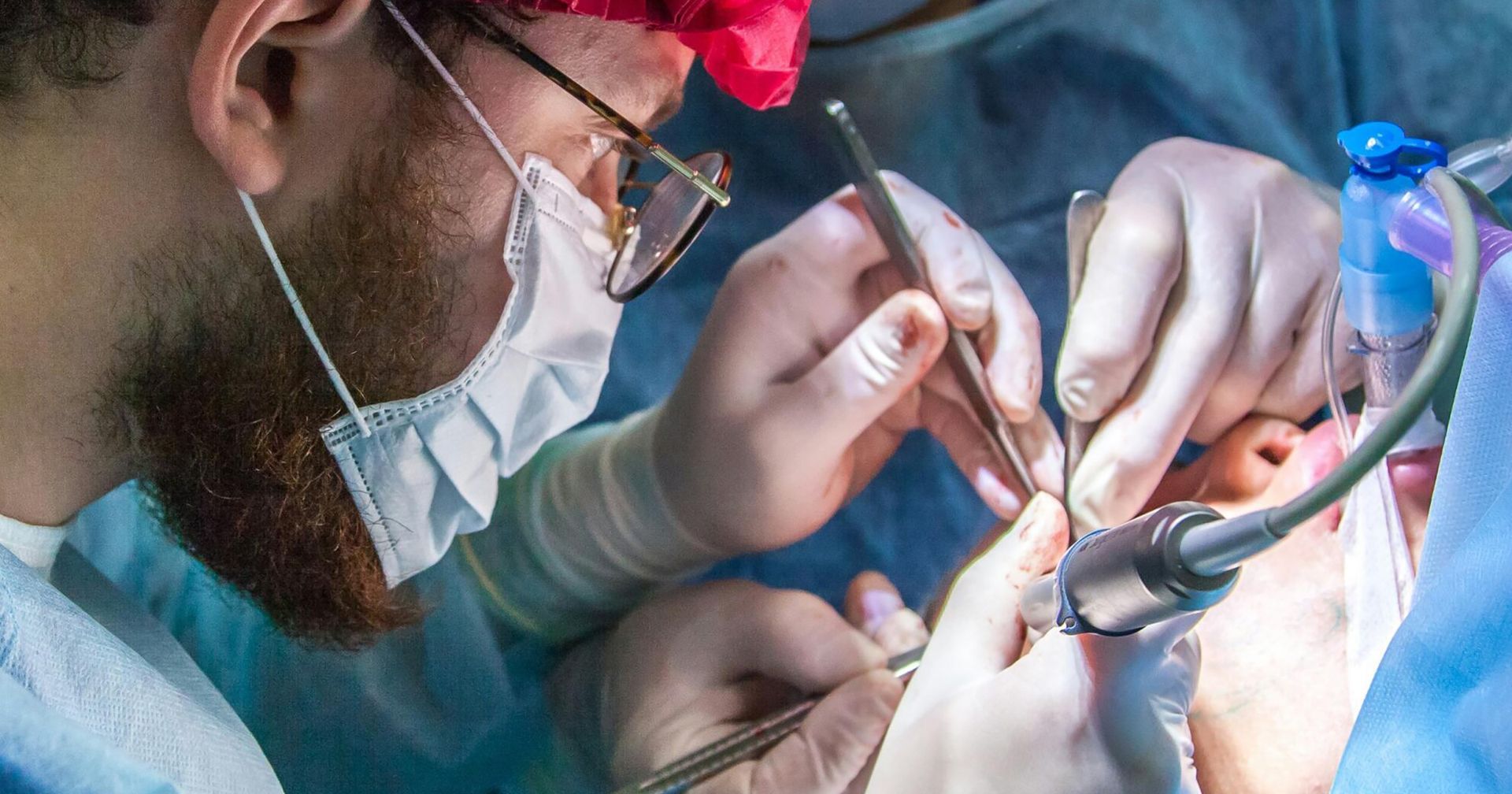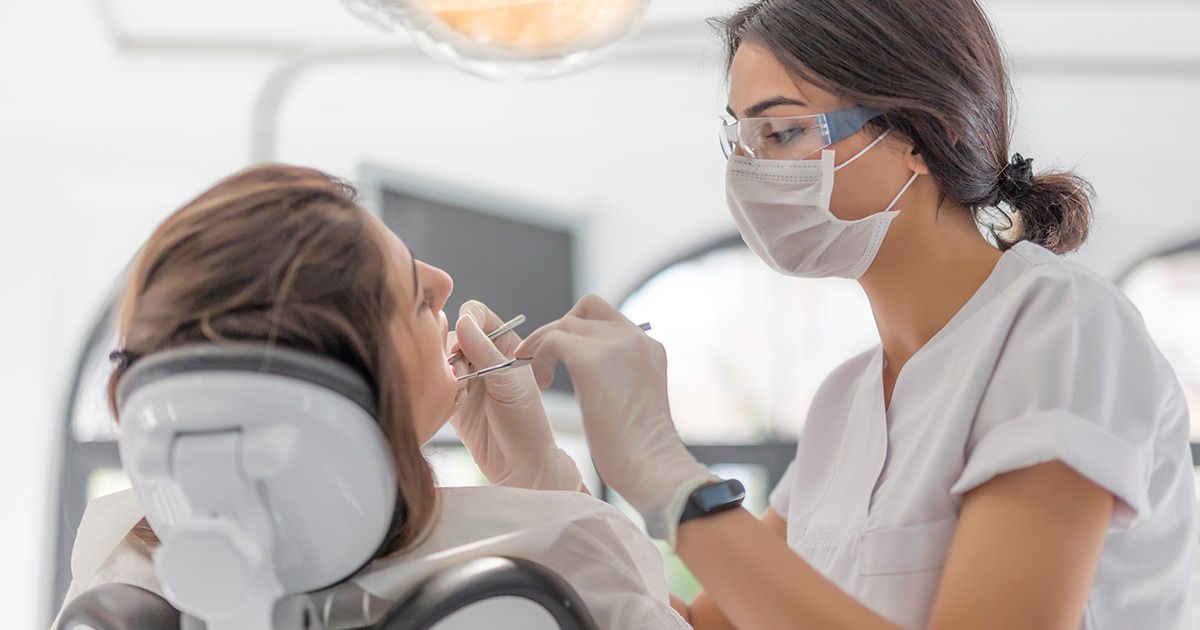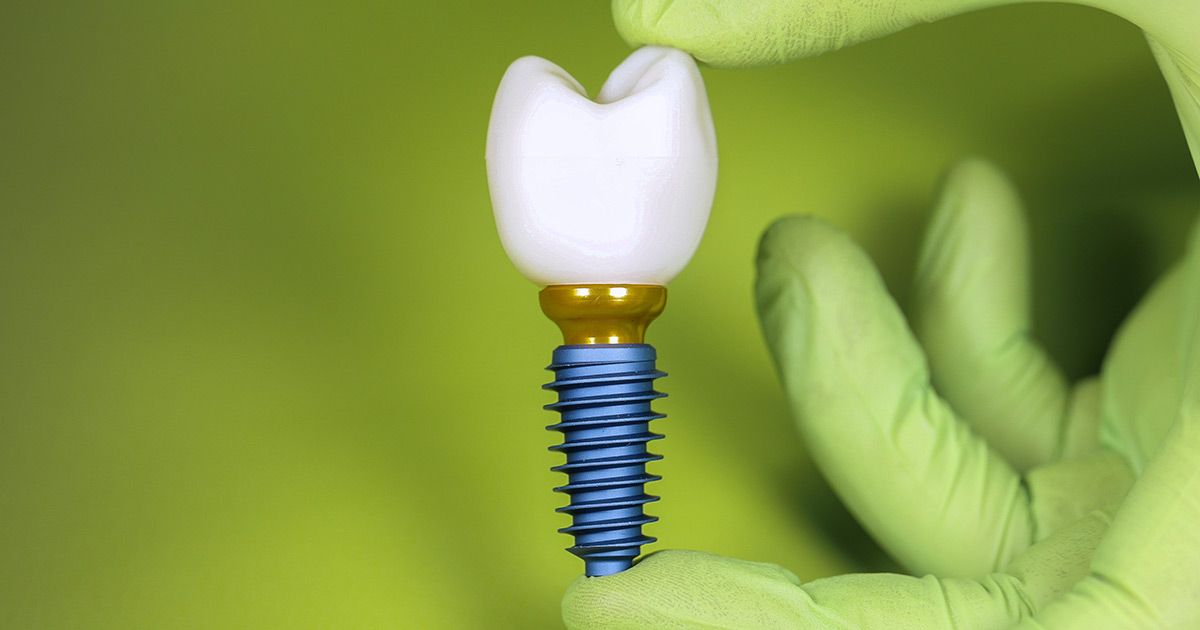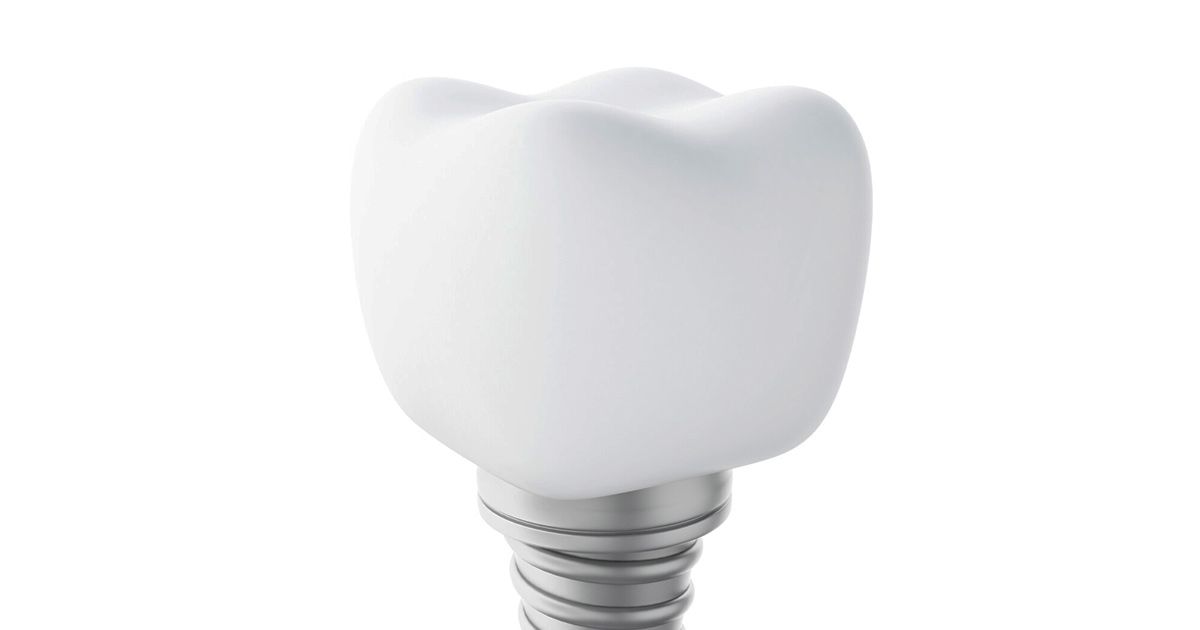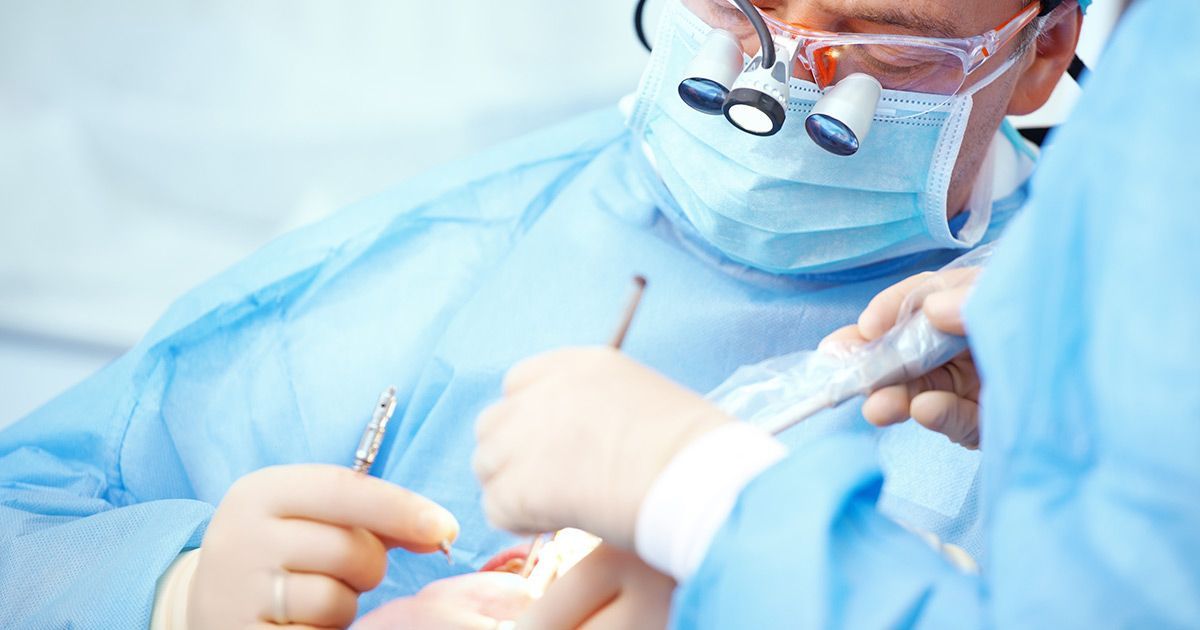Difference Between Gingivitis and Periodontitis
Uncover the difference between gingivitis and periodontitis. Learn about their symptoms, causes, and treatments. Explore our blog for detailed information.
A recent study aimed to gauge patients' knowledge about gum disease. Of the patients, 33% had gingivitis and 56% had periodontitis.
Less than 20% knew that these conditions put them at risk for other health problems. All forms of gum disease are a risk factor for other health conditions.
They can affect your memory or cause you to develop heart disease, pancreatic cancer, or Type 2 diabetes. They can even cause pre-term deliveries in pregnant women.
Knowledge is the beginning of a proper defense. Read on to learn the difference between gingivitis and periodontitis.
What's Gingivitis?
Gingivitis develops when bacteria or food particles turn into sticky plaque on teeth. They then create an infection on the gum tissue and around the base of your teeth.
Certain factors can put you at higher risk for the condition.
Smoking is the major one. It increases the risk of getting gingivitis and decreases the likelihood of any treatment being effective.
A poor oral hygiene routine or diet can also increase your risk. So can hormonal changes and chronic diseases such as diabetes, HIV, or cancer.
Common gingivitis symptoms include:
- Bleeding gums
- Tenderness
- Swelling
- Dark red coloration
- Bad breath
These symptoms are mild but not mild enough to be ignored. Heed the warning they're trying to give you. They'll only
become more severe if you don't get treatment early.
What's Periodontitis?
Periodontitis is what happens when gingivitis gets worse. It's a more severe form of gum disease. It may even be split into two stages known as periodontitis and advanced periodontitis.
The inner layer of the gum and bone pulls away from the teeth. This creates pockets full of harmful bacteria that can even spread to your jaw.
The risk factors are similar to gingivitis. 95% of Americans with diabetes have it. Those who smoke are more than twice as likely to develop it.
Periodontitis comes with the symptoms of gingivitis. It also causes others such as:
- Receding gums
- Poor teeth alignment
- Pus between the teeth
- Loose or lost teeth
- Pain while biting or chewing
What's the Difference Between Gingivitis and Periodontitis?
It can be difficult to distinguish the difference between gingivitis and periodontitis. You can't have one without having the other first.
That doesn't mean the two conditions aren't distinct from each other. When making a gum disease comparison, look at their severity, symptoms, and treatment options.
Severity
Gingivitis is like a warning sign before you run off a cliff. Periodontitis is like the cliff itself.
You can reverse the effects of gingivitis because they don't affect the bone below the gums. Once it's progressed to periodontal disease, it's irreversible. You can treat the infected gum tissue or lost teeth but can't get them back.
Symptoms
The milder severity of gingivitis means less severe symptoms. This means they're also easier to deal with.
They shouldn't be ignored, but they're more of a mild irritation. Bleeding gums are so common that you might not even think they're worth going to the dentist about.
Periodontitis has more severe symptoms. They can also affect more of your mouth, spreading from the gums to the jaw.
Treatment Options
Gingivitis is also easier to treat than its more severe companion. Remove the built-up plaque and food particles, and it'll most likely go away.
Periodontitis can be difficult to treat because it affects the entire mouth. Removing the infection isn't enough. You may also have to create implants for lost teeth, use orthodontics to restore the bite to its normal shape, and more.
How Do I Prevent and Treat Them?
Your options for gum disease treatment differ depending on which type you have, and knowing the difference helps you find the right option.
Remember that you can prevent both conditions in the same way. An ounce of prevention is worth a pound of cure.
Prevention
You can prevent gum disease with a few basic dental health tips.
Brush at least twice a day, but preferably after every meal. Try an electric toothbrush because they're better at removing plaque. Replace your toothbrush every 3-4 months.
Use mouthwash to remove bacteria. There are specially designed mouthwashes for gum disease prevention.
Don't forget to floss to get in between your gums. Try a water flosser to make it easier.
Drink plenty of water and eat a healthy diet. Focus on foods that promote healthy gums such as:
- Berries
- Leafy greens
- Citrus fruits
- Almonds
- Salmon
- Yogurt
Treating Gingivitis
Gingivitis, when caught early, doesn't require surgery. There's a less invasive option available to provide a deep clean and get rid of any plaque or bacteria. It's known as scaling and root planning.
You may need to take antibiotics as well. Improving your diet and dental care routine is the best way to keep it from coming back.
Treating Periodontitis
The process of reversing periodontitis is more involved. Professional dental cleaning is an important start. It gets rid of any plaque or tartar on the gum line.
Guided tissue regeneration is another non-surgical option. It helps the body regenerate lost bone. This increases the chance of you keeping your natural teeth. You'll avoid the health problems that come with losing them.
If these options don't work, you may have to try surgery. There are several types that can help treat periodontitis.
Gum and tissue grafting is one. It encourages regrowth and makes your teeth more stable. A soft tissue graft helps reinforce thin gums or fill in areas of gum recession.
Osseous surgery is also known as pocket reduction surgery. It involves removing the pockets of bacteria that form around your teeth before they cause further damage.
All of these treatments are important, but they're not the end of the process. You need to continue to visit your dentist for periodontal maintenance. They'll tell you how often to come back in based on:
- The severity of your gum disease
- The treatments you had
- How you respond to the treatments
- How quickly you develop plaque.
Where Can I Get Gum Disease Treatment?
The difference between gingivitis and periodontitis is that one is a more severe form of the other. That's why prompt treatment is so important.
Dr. Tabas has a practice full of highly trained, caring staff. We aim to make your dental visit as pleasant as possible. That means reducing wait times, anxiety, and pain. Schedule an appointment today.
The Tabas Center For Advanced Dentistry
2534 S Broad St,
Philadelphia, PA 19145
Our Primary Service Areas
Office Hours
- Mon - Wed
- -
- Thursday
- -
- Friday
- Closed
- Saturday
- -
- Sunday
- Closed
Content Reviewed By
All Rights Reserved | The Tabas Center for Advanced Dentistry

